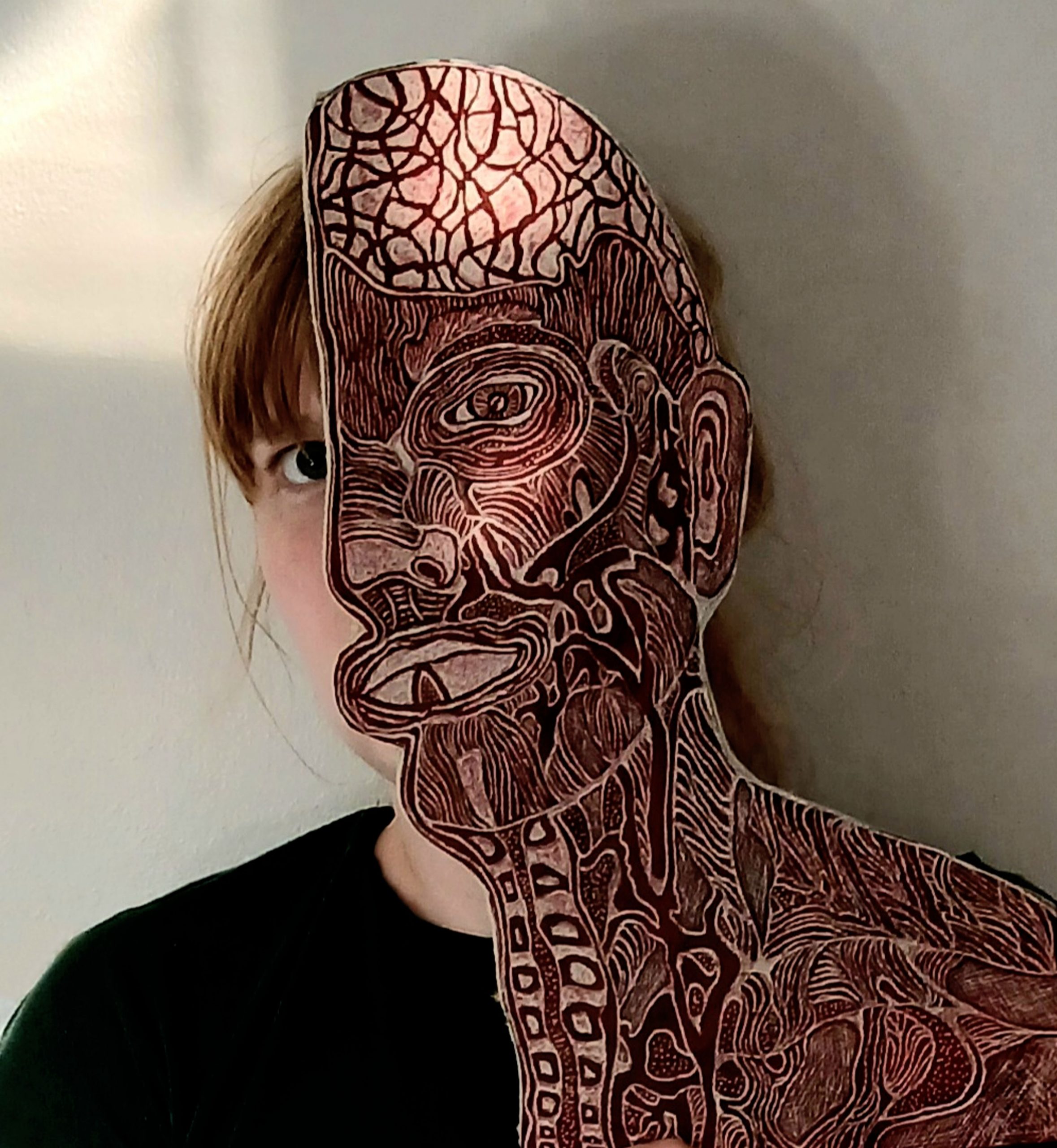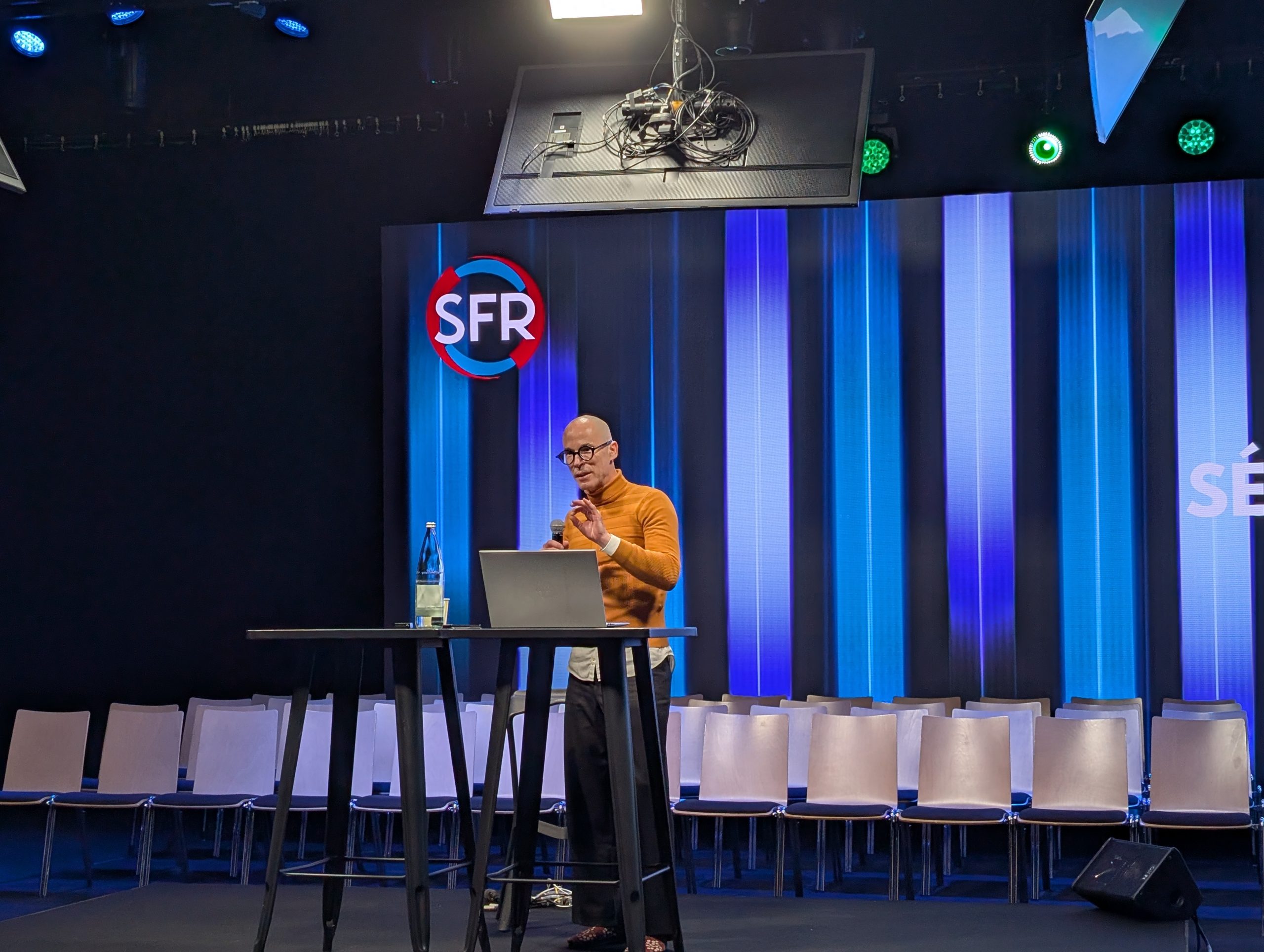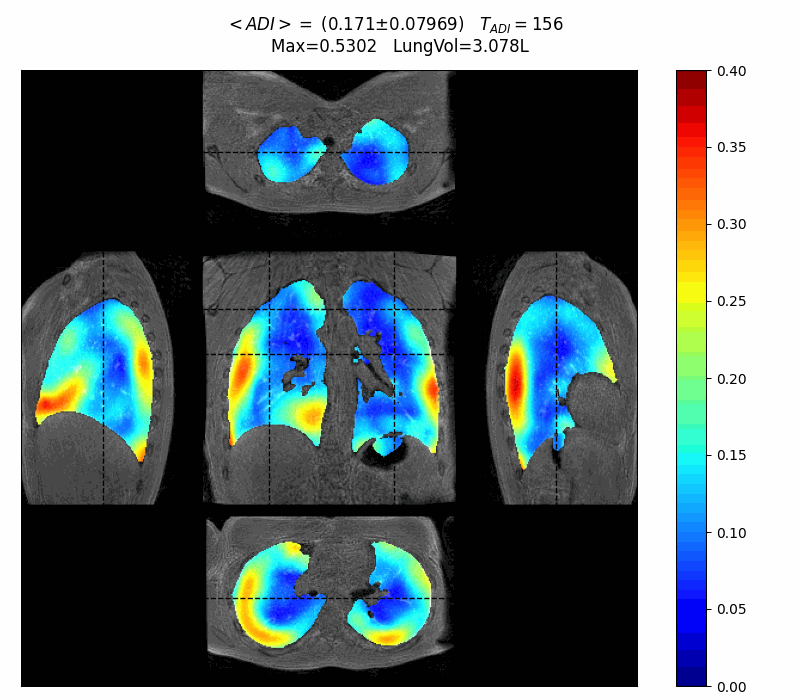
The V|LF-Spiro3D project is almost a year, a quarter of its expected duration. What has happened in recent months? What goals have been achieved and what are the next steps? Are there new people within the organizations working on the project? Let’s find out!
Project Progress
WP1: The Erasmus team finalized the study protocol, including patient consent documents, submitted for local ethics committee review in November 2023. PhD candidate Ieva Aliukonyte completed necessary training for the study. A multidisciplinary team collaborated to establish inclusion criteria for children over 5 years with Cystic Fibrosis, Bronchopulmonary Dysplasia (BPD), and Asthma. Additionally, they are actively developing innovative MRI protocols alongside next-generation CT techniques to optimize data collection.
WP2: Significant progress has been made in motion study and lung segmentation within WP2. The team developed an automated polyptych representation for intuitive visualization of parametric maps, enhancing the analysis of tidal volumes and flow dynamics. Preliminary data analysis from asthma and COPD patients demonstrates promising results, thanks to the implementation of advanced analysis and segmentation techniques. These findings, along with the development of various automated processes, have been submitted for publication.

WP3: Exciting technological advancements are underway in WP3. A 16-channel receive coil designed for cardiac imaging, adaptable for lung studies, has been completed, with tests scheduled soon. The integration of a new spectrometer into the FCI system improves compatibility and facilitates sequence migration, streamlining data acquisition processes. Further technological enhancements, such as the receipt of a new power supply and modified preamplifier, are expected to refine imaging capabilities further.
WP4: WP4 has focused on laying the groundwork for comprehensive data collection and analysis. Preliminary versions of topic lists and questionnaires for data collection have been developed, with a pilot interview already conducted in Paris and research details refined in Rotterdam. These initial steps are crucial in ensuring the effectiveness and relevance of data collection methodologies.
WP5: UPSaclay, as coordinator of the project, worked to keep the work flows smooth and efficient. A consortium meeting is planned on April 4-5, 2024 to talk about the scientific progress of the project but also to prepare the coming Review Meeting with the European Union on May 17. In terms of communication, Instragram, LinkedIn and Youtube are the main social media platforms where contents about the project are regularly posted. After almost one year, the number of impressions and interactions is very satisfying. Also the new website is growing in terms of new users from all over the world, highlighting the interest in the project, the technology and the research carried out by the whole consortium.

Next Milestones
WP1 is poised to refine chest MRI and CT protocols, secure ethics approval, and begin the study, focusing on creating a secure database for medical data and enrolling children with CF, BPD, and Asthma.
WP2 aims to enhance data analysis through advanced imaging techniques and collaborations, promising improved k-space coverage and analytical robustness.
WP3 sees PhD student Gaurav Datta advancing in RF detector construction and preamplifier design, indicating progress in imaging technology development.
WP4 will start data collection in the next few months, transitioning from preparatory work to active data gathering, laying the groundwork for comprehensive analysis and insights into the targeted research areas.

Outreach and Dissemination
Nominal respiratory features were presented by Nathalie Barrau (UPSaclay) at ISMRM 2023 in Toronto and at SFRMBM 2023 in Paris while the dynamics of strain tensors were introduced at ESMRMB 2023 in Basel. In November 2023, Xavier Maître (UPSaclay) was invited to present 3D MR spirometry as a lighthouse project at PE-PTC 2023 in Grenoble. Another dissemination activity was carried out at Foch Hospital, together with the pulmonology staff.
The dissemination plans across the project’s partners for the coming months include Tilburg’s intention to share research at a seminar at the Culture Studies Department of the Tilburg University, while Erasmus targets presenting findings from WP1 at major 2025 conferences like ECR, RSNA, and ESPR. NMRS is gearing up for a presentation at EUROMAR in Bilbao in July 2024, discussing project-related work. UPSaclay targets a notable conference such as ISMRM 2024 in Singapore, introducing advanced imaging techniques. Siemens confirms its participation as a “Gold Corporate Member” at ISMRM 2024, continuing its tradition of contributing to this premier international MRI forum.

Team updates
The project team is excited to welcome several new members across different work packages. AMT introduces Gaurav Datta, a PhD student diving into RF detector construction and preamplifier design, enhancing our MR imaging capabilities. Erasmus has been joined by Ieva Aliukonyte, a dedicated PhD student from Lithuania with a background in Biomedical Sciences, working under Dr. Pierluigi Ciet on WP1. IPP will soon welcome Alexandre Daby-Seesaram to their team. Meanwhile, UPSaclay has expanded its team with two PhD students, Adrien Duwat and Ithar Gharmaoui, and two interns, Matthieu Bournac and Antoine Loquet, promising a boost in research productivity and innovation.













